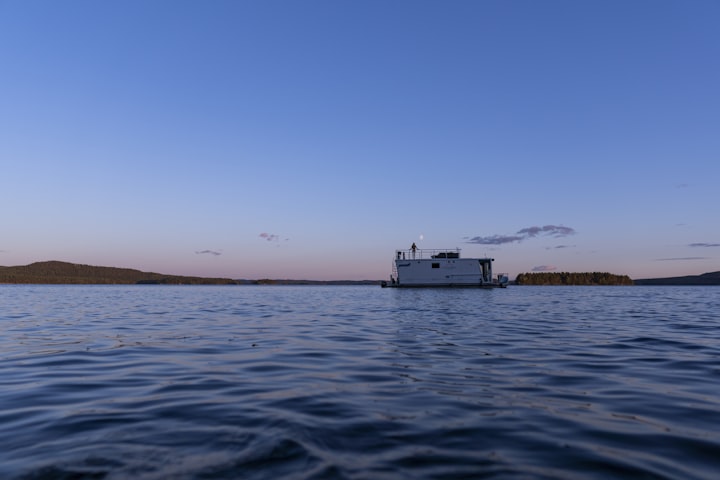How to build a floating duck house step by step
Detail about floating duck house

Floating house:
Floating houses, also known as "water homes", are a common sight in some parts of China, particularly in rural areas. These houses are built on rafts or stilts and are designed to withstand flooding. Many of them have been around for centuries and are a testament to the resilience and adaptability of the Chinese people. However, the government has been cracking down on illegal water homes in recent years, citing safety and environmental concerns.
How inside floating homes
Inside floating homes in China vary depending on the size, location, and design of the home. Generally, they are smaller than traditional homes on land and may have limited amenities due to the constraints of living on the water. The interior layout may be open plan, with minimal walls to maximize space and allow for natural light.
Furniture and fixtures may be designed to be multi-functional and compact to save space. Some floating homes may have basic plumbing and electricity, while others may rely on generators or solar power. Overall, living inside a floating home requires a certain level of adaptability and resourcefulness.

How to build a floating house
Building a floating house involves several key steps:
- Choose a location: Find a suitable body of water that is calm, with a stable water level, and that has no restrictions on building floating structures.
- Determine the design: Decide on the size, shape, and style of your floating house. It should be designed to withstand the conditions of the water and meet any local building codes or regulations.
- Build the floatation platform: Construct the base or floatation platform of the house. This can be made from materials such as wood, plastic, or metal, and should be designed to be buoyant and stable.
- Build the frame: Construct the frame of the house on top of the floatation platform. The frame can be made from wood or metal and should be designed to be sturdy and strong.
- Install the utilities: Install plumbing, electrical, and other utilities in the house, ensuring that they are designed to be safe and suitable for use on the water.
- Add finishing touches: Add windows, doors, roofing, and other finishing touches to the house, making sure that they are designed to be weather-resistant and durable.
- Building a floating house can be a complex process, and it is important to seek professional advice and guidance before starting any construction.

Floating duck house Kit
A floating duck house kit typically includes the following components:
- Floats: Buoyant materials, such as styrofoam, plastic barrels, or pontoons, to keep the house afloat.
- Frame: Wooden or metal framing to create the structure of the house.
- Roofing materials: Corrugated metal, shingles, or other materials to provide shelter for the ducks.
- Siding materials: Wooden planks or other materials to cover the frame and create the walls of the house.
- Nesting boxes: Compartments where ducks can lay eggs and raise their young.
- Access ramp: A ramp or ladder to allow ducks to climb onto the house.
- Hardware: Nails, screws, hinges, and other hardware needed to assemble the kit.
- Instructions: Step-by-step instructions to guide the assembly process.
Floating duck house kits can vary in terms of the specific components included, depending on the manufacturer and the design of the kit. Some kits may also include additional features, such as windows, ventilation, or a deck area.
Conclustion
In conclusion, floating houses have been a long-standing part of Chinese culture, especially in rural areas. These houses are built on rafts or stilts and are designed to withstand flooding. They are generally smaller than traditional homes and may have limited amenities due to living on the water. Building a floating house requires careful planning and attention to buoyancy, stability, and safety. Additionally, floating duck house kits are also available for those interested in raising ducks on the water. Overall, floating homes and duck houses are unique and interesting examples of human adaptation to natural environments.
About the Creator
Datchana E
I am considered one of the best bloggers in the industry, known for my exceptional writing abilities and ability to captivate my audience. I will post trendigng topics and usefull lifehacks for problem solving titally my blogs for all






Comments
There are no comments for this story
Be the first to respond and start the conversation.